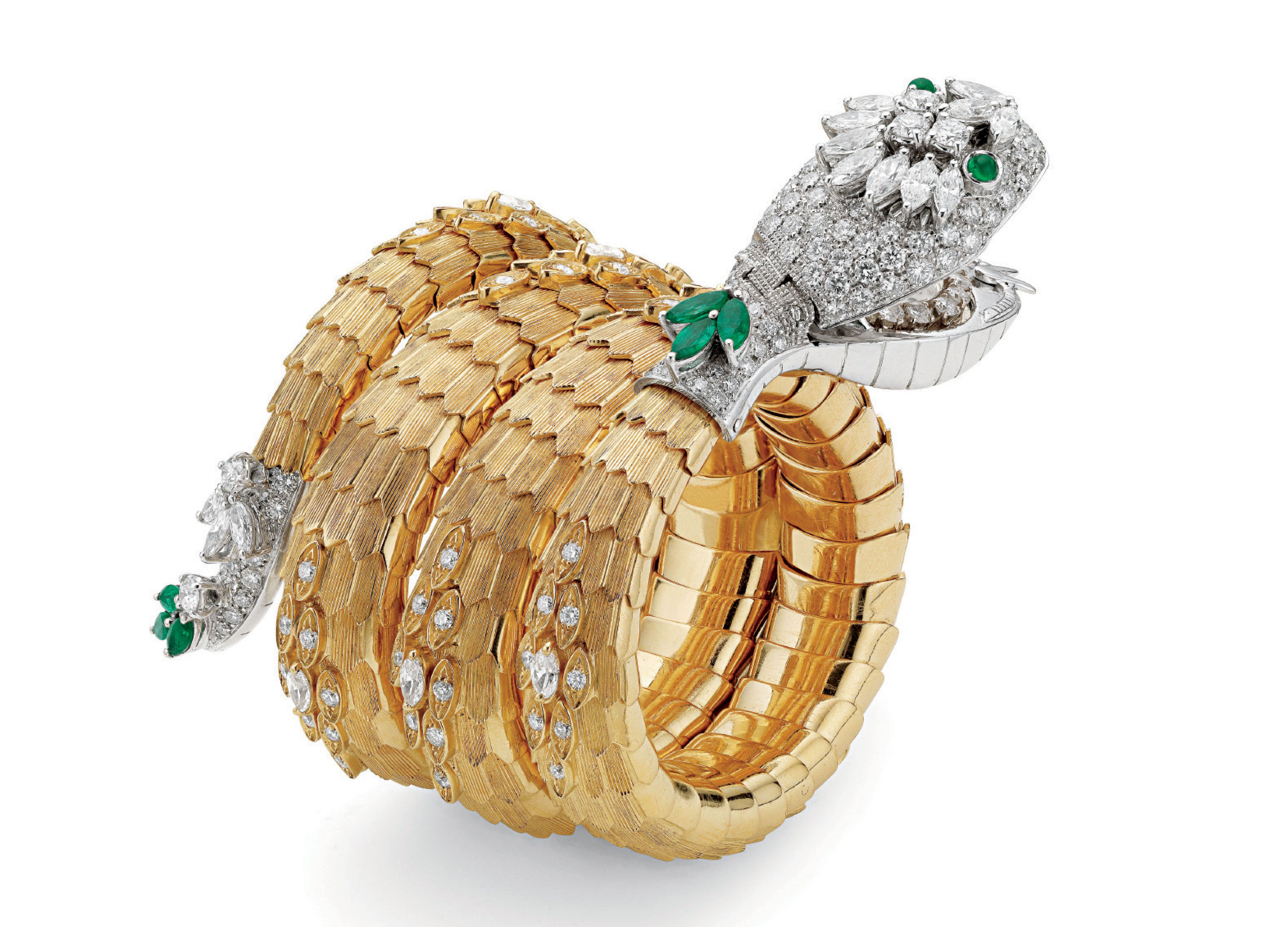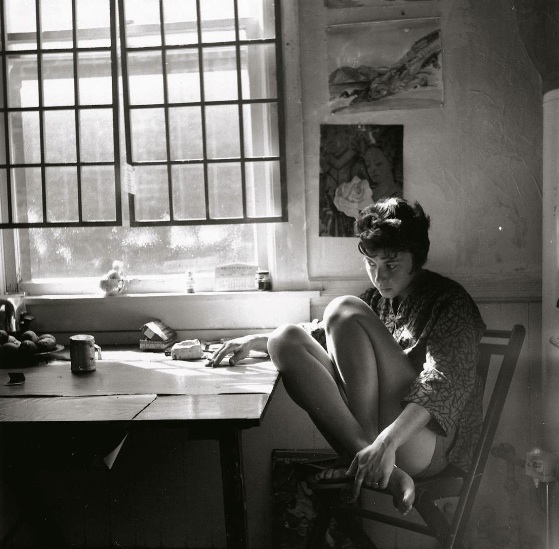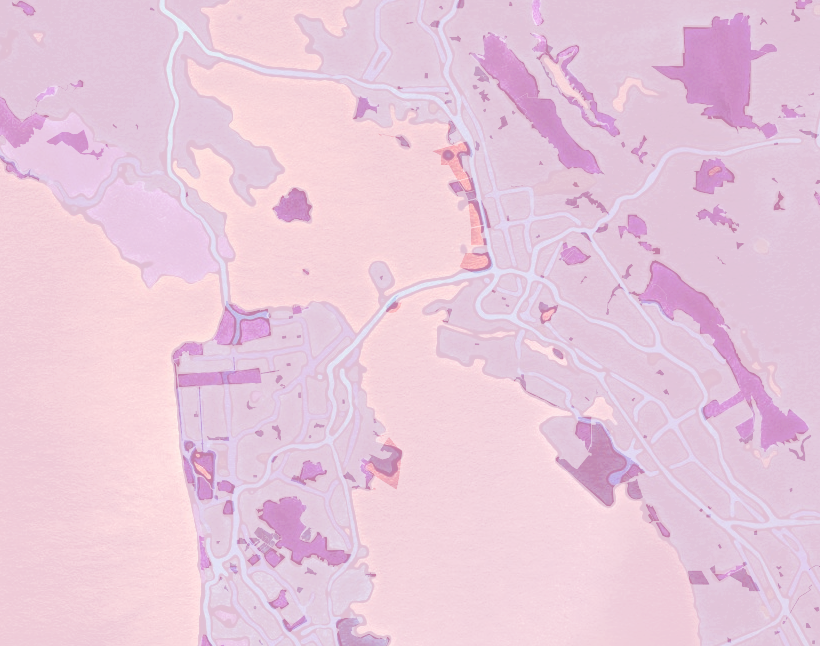
The Art of Bulgari -- featuring 147 pieces spanning 5 decades -- opens this weekend at the de Young Museum. Born in Greece, Sotirios Voulgaris (1857–1932) came from a line of Greek silversmiths, and in his twenties moved away from his hometown to Italy, changing his name to the more Italian-sounding 'Bulgari' - trademark written for the brand as 'BVLGARI', using the latin alphabet (V=U).

His first store was in his hometown of Paramythia, Greece. In 1884 he founded BVLGARI and opened a store on via Sistina in Rome. In 1905, his two sons Costantino and Giorgio helped him move the store to via Condotti where the current flagship still stands.

Post World War II, during which Costantino Bulgari and his wife hid three Jewish women, Bulgari benefitted from the economic boom and became a leader in Italian jewelry design. They started using cabochon, shaped and polished gemstones, bold colors and heavy gold, releasing unique designs inspired by Greco-Roman classicism, a blend of old world style and new world creativity. By the 1970s, Bulgari pushed innovation even further and continued to create quirky, fun pieces that reflected the current trends and pop-culture.

With the death of Giorgio in 1966, his son Gianni led the company as CEO and grew it to international status by opening shops worldwide, focusing on product design and streamlining the watch business. By 1987 Gianni sold his stake in the company to his brothers Nicola and Paolo. In 2011, LVMH acquired Bulgari for $6.01 billion.


And so goes the story, hometown jeweler to worldwide brand name! I'd love to hear more about the family politics, inside inspiration and growth during the pivotal years. For now, I'll check out the exhibit on display at the de Young, feast with my eyes and dream about the drama behind the magic.
“You can’t simply live on past glories; that’s foolish. To be a success, you have to combine the worlds of the past, present and the future. That is the challenge, and there are many horizons.” --Nicola Bulgari 1995
The Art of Bulgari: La Dolce Vita & Beyond, 1950–1990
September 21, 2013 - February 17, 2014
de Young Museum -- Golden Gate Park, 50 Hagiwara Tea Garden Dr 415-750-3600
Tuesday–Sunday, 9:30 am–5:15 pm until
Admission: $20-$22 adults; $17-$19 seniors; $16-$18 college students with ID; $10-$12 youths 6–17. General admission is free the first Tuesday of every month and the first weekend of every month if you bank at Bank of America.
 Fall is the one season I can recognize in San Francisco. With our late summers, microclimates, and neighboring cities, we get the best weather during this time of year. I'm excited to pull out sweaters that I might actually get to wear all day, instead of the layers I usually have to deploy, and still bask in the sun! From Napa to Dolores park, I spent the weekend happy and super thankful to be here for another autumn.
Fall is the one season I can recognize in San Francisco. With our late summers, microclimates, and neighboring cities, we get the best weather during this time of year. I'm excited to pull out sweaters that I might actually get to wear all day, instead of the layers I usually have to deploy, and still bask in the sun! From Napa to Dolores park, I spent the weekend happy and super thankful to be here for another autumn.













